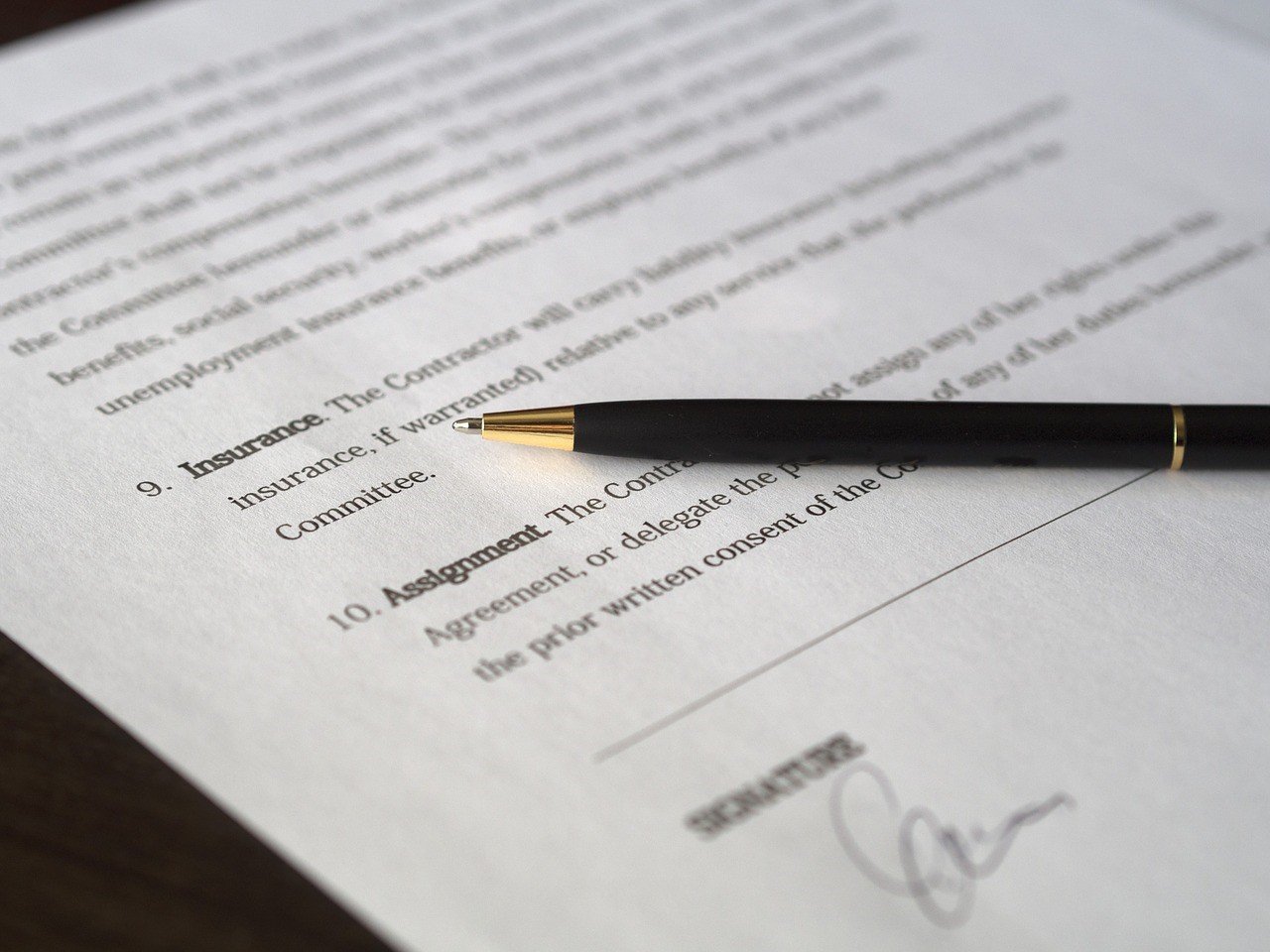With the medical industry constantly expanding and sharing knowledge and products worldwide, having a physical file room to house all paperwork and records is no longer a viable option. Medical device manufacturers and pharmaceutical companies usually collaborate with offices in different locations and will also be required to submit paperwork with regulatory authorities such as the FDA. With the FDA’s electronic records regulation, 21 CFR Part 11, organizations involved in the medical and pharmaceutical industry can benefit from paperless record-keeping systems, thus saving on postage and physical storage space, while maintaining security measures and authenticity.
What is the FDA’s Electronic Records Regulation?
21 CFR Part 11 is the FDA's regulation regarding electronic data governance, such as electronic records and electronic signatures, for medical device manufacturers, pharma, biotech companies, and other industries regulated by the FDA. The main goals of 21 CFR Part 11 include restricting electronic record access to authorized individuals only, creating robust security measures to protect password and login credentials, ensuring electronic signatures are bespoke and will not be copied between documents, certifying with the FDA that the electronic signature will be held to the same standard as handwritten signatures, and using audit trails to track changes to records and catch errors or unauthorized access.
How do the medical and pharmaceutical industries use 21 CFR Part 11?
To gain a better idea of how medical device manufacturers, pharma, and biotech companies use 21 CFR Part 11, it helps to review the three parts of the regulation:
- General provisions - This section defines the scope of the regulation and to which types of documents it should be applied (further outlined in public docket no. 92s-0251). This section also outlines the criteria for electronic records and signatures to be considered as valid as hard copies. Before submitting an electronic form to the FDA or keeping electronic records, any medical company subject to this regulation will need to cross-reference their document with public docket no. 92s-0251 to ensure a hard copy does not also need to be kept.
- Electronic records - The second section of 21 CFR Part 11 outlines requirements for electronic record-keeping systems, as well as the procedure to ensure there is a definitive link between signatures and their corresponding records, so the same signature is not applied to multiple documents. For healthcare organizations such as medical device manufacturers and pharmaceutical companies, this section establishes security management and audit trail requirements for electronic records using either a closed software system (defined in the regulation as “an environment in which system access is controlled by persons who are responsible for the content of electronic records that are on the system”) or an open software system (defined in the regulation as “an environment in which system access is not controlled by persons who are responsible for the content of electronic records that are on the system”). Electronic signatures in each record must include the printed name of the signer, the date and time, and the meaning associated with the signature (e.g., review, approval, responsibility, or authorship).
- Electronic signatures - The third section of 21 CFR Part 11 delineates general requirements for electronic signatures. Organizations wishing to use electronic signatures must verify each person’s identity, so they can be assigned a signature on the system. In addition, the FDA requires each electronic signature to have a unique identification code and a password, and to be used only by an individual, not a group within an organization. For example, a research and development department within a pharmaceutical company cannot use one electronic signature; everyone authorized within the system must have their own.
How ULG Can Help
Traceability is an essential element of quality management and control. Knowing who created, reviewed, edited, changed, and approved content is vital to ensure the appropriate processes are followed. The FDA requirement 21 CFR Part 11 provides a framework for using electronic signatures to track the responsible parties for document changes. United Language Group has enhanced its entire workflow for Document Translation to use digital signatures throughout. Now providing greater traceability, auditability, and compliance assurance for its clients.
In developing the technology necessary to be compliant with US Food and Drug Administration requirement 21 CFR Part 11, ULG has also incorporated the collection of Electronic signatures throughout its software development lifecycle for all tools and platforms. This is in addition to the traceability of translation project lifecycles in Octave. By tracking the history of software development requirements, development, testing etc. ULG can exceed requirements for software validation and traceability within the medial device, healthcare, life sciences and other highly regulated industries.
Have questions? ULG’s network of healthcare translators and compliance specialists can assist you in moving more of your records to an electronic system and/or ensuring compliance with the FDA’s electronic records regulation. Contact us today.

